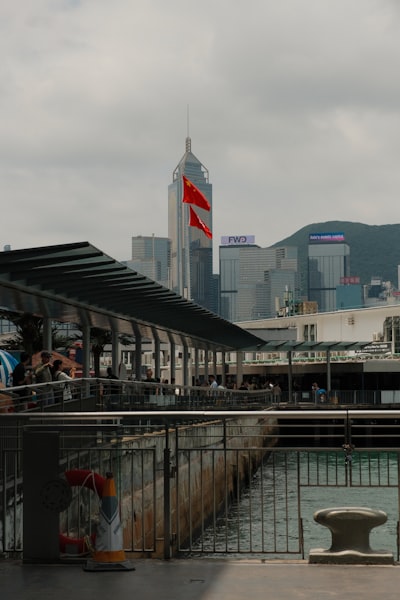Summary
Between January and May 2025, Hong Kong authorities denied entry to 12,452 visitors, representing just 0.062% of the nearly 20 million inbound travelers during that time. According to Director of Immigration Benson Kwok Joon-fung, rejections were largely due to suspicions over travelers’ intentions—especially potential illegal labor, lack of valid documentation, or suspected use of forged travel documents. Kwok emphasized that these measures reflect a commitment to border integrity and protecting local job markets.
Analysis
This episode encapsulates the delicate equilibrium Hong Kong seeks between remaining open as a global hub and safeguarding its socioeconomic interests. The rejection rate is, at face value, low, highlighting that the vast majority of travelers face no issues. However, the fact that over 12,000 individuals were turned away suggests heightened vigilance and, possibly, growing regional pressures—such as increased migration, evolving labor market risks, or geopolitical considerations.
By tying rejections to the protection of job opportunities, officials position strict border control as economic self-defense, a rationale seen in many global cities. There’s a notable emphasis on the legitimacy of documentation, underscoring ongoing anxieties around transnational crime or identity fraud, and Hong Kong’s transitional role between mainland China and the wider world. The official narrative stresses professionalism and proportionate response, but further detail on the nationalities, circumstances, or appeals process for rejected visitors is absent—potentially downplaying grievances or systemic issues.
Discussion
The subject of border control in Hong Kong is not just technocratic; it is deeply political. Since 2019, questions of autonomy, control, and external influence have become central to Hong Kong’s identity and governance. The presented data—and the framing by immigration officials—serve multiple purposes: public reassurance, international signaling, and the reinforcement of Hong Kong’s sovereignty at a time of heightened China–world tensions.
Globally, many cities are grappling with similar boundary dilemmas—balancing openness, security, labor market health, and humanitarian obligations. Is a fractional rejection rate evidence of appropriate caution, or does it risk masking deeper tensions or exclusionary practices? How transparent is the process for those turned away? Are these measures proportional to the actual risks faced?
Fundamentally, the story acts as a prism for larger questions: Who gets to come to prosperous, globally networked cities? And at what societal cost do such boundaries, however small in statistical terms, get enforced? As global migration debates intensify, Hong Kong’s experience—defined by its unique legal and economic circumstances—invites broader reflection on fairness, necessity, and the future of metropolitan openness.

Comments
No comments yet. Be the first to comment!